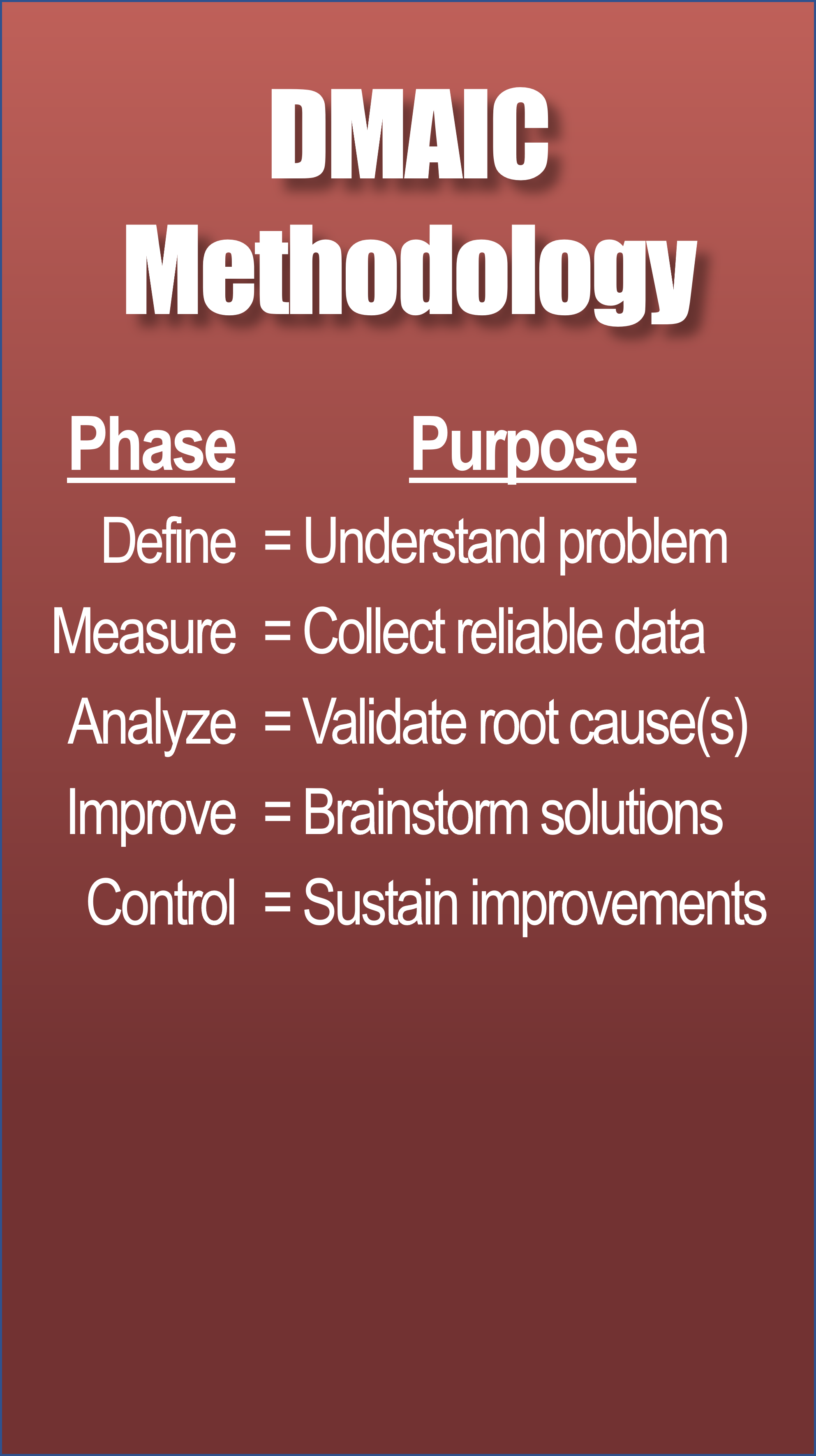Video Transcript

Welcome to part 2 of my bizarre story about when my daughter Hannah was 5 years old and the doctor said she had arthritis.
Did you figure out what the doctor determined was the root cause for her arthritis? Believe it or not, it was strep throat. We thought that was crazy that strep throat would cause such pain in our child's leg, but the doctor confirmed it with a strep test. So within an hour of her taking the prescribed antibiotics, Hannah was running around with no more pain.
What I love about this story is that it illustrates how a root cause can often be very different from the symptoms. Likewise, the DMAIC methodology follows a similar approach of getting to the root cause. The doctor is like a Black Belt who would follow the Define phase of trying to understand the symptoms and problem. Then although the doctor suspected the root cause was strep throat, she still needed to validate her assumptions.
So the doctor collected the data by taking a culture from my daughter's throat - this is just like the Measure phase when we collect data around what we suspect are the potential root causes. The doctor ran a strep test in the same way that in the Analyze phase we apply statistical analysis on the data we collected in the Measure phase. This statistical analysis is what we use to validate what the true root cause is.
Fortunately the doctor knew that antibiotics are the ideal solution for strep throat, but sometimes we don't always know what the ideal solutions are when we find the root causes for a problem. This is when we apply the Improve phase to brainstorm solutions that will fix the root cause.
Finally, if you've ever taken antibiotics then you'll know you have to finish taking the full dosage over an extended period of time even if you're feeling immediate relief like Hannah was. Likewise, the Control phase is when we implement metrics and controls to ensure we sustain the solutions that were implemented so that the root cause doesn't return.
In Hannah's case, if we had only treated the symptoms in her leg, we would've never gotten to the true root cause. In many ways, this DMAIC methodology is simply like the scientific method adapted for businesses. It's a proven, effective way to ensure we're not just treating the symptoms, but are using a data-driven approach to find and fix the root causes we're trying to solve.

